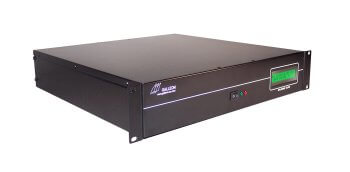Development in clock accuracy seems to increase exponentially. From the early mechanical clocks, there were only accurate to about half an hour a day, to electronic clocks developed at the turn of the century that only drifted by a second. By the 1950’s, atomic clocks were developed that became accurate to thousandths of a second and year on year they have becoming ever more precise.
Currently, the most accurate atomic clock in existence, developed by NIST (National Institute for Standards and Time) loses a second every 3.7 billion years; however, using new calculations researchers suggest they can now come up with a calculation that could lead to an atomic clock that would be so accurate it would lose a second only every 37 billion years (three times longer than the universe has been in existence).
This would make the atomic clock accurate to a quintillionth of a second (1,000,000,000,000,000,000th of a second or 1x 1018). The new calculations that could aid the development of this sort of precision has been developed by studying the effects of temperature on the miniscule atoms and electrons that are used to keep the atomic clocks ‘ticking’. By working out the effects of variables like temperature, the researchers claim to be able to improve the accuracy of atomic clock systems; however, what possible uses does this accuracy have?
Atomic clock accuracy is becoming ever relevant in our high technology world. Not only do technologies like GPS and broadband data streams rely on precise atomic clock timing but studying physics and quantum mechanics requires high levels of accuracy enabling scientists to understand the origins of the universe.
To utilise an atomic clock time source, for precise technologies or computer network synchronisation, the simplest solution is to use a network time server; these devices receive a time stamp direct from an atomic clock source, such as GPS or radio signals broadcast by the likes of NIST or NPL (National Physical Laboratory).
These time servers use NTP (Network Time Protocol) to distribute the time around a network and ensure there is no drift, making it possible for your computer network to be kept accurate to within milliseconds of an atomic clock source.





